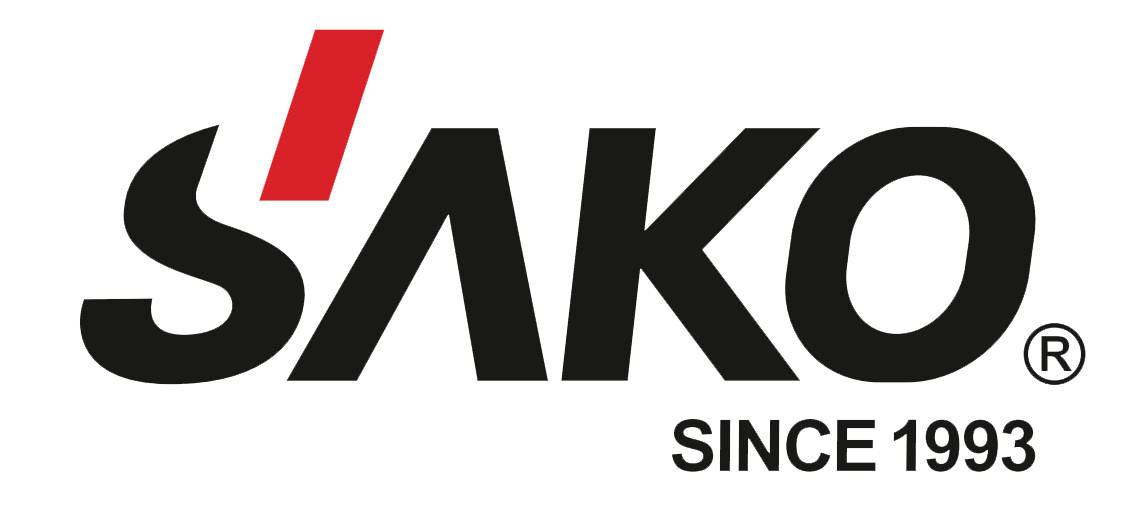What is Circular Knitting Machine?
The knitting machine, commonly known as the circular knitting weft machine (or simply the circular knitting system), is the main machine for making knitted garments. During the weaving process, it operates in a rotation and uses a needle system to adjust patterns. The ability to knit patterns can achieve high accuracy through certain needle selection methods. The most prominent feature of the machine is its high-speed operation, which makes it desirable for many knitted products manufacturers. The knitting machine is now extensively utilized in the textile industry.
Imagine stepping into a world where circular knitting machines operate more efficiently, providing unmatched precision and reduced energy consumption. That's exactly where Variable Frequency Drives (VFDs) come into play. By marrying technology with the craft of textile production, VFDs promise a future where innovation meets tradition.
Variable Frequency Drives (VFDs) offer the unique ability to control motor speed and torque. In the context of circular knitting machines, they can optimize speed based on fabric type and desired texture, resulting in reduced wear and tear and improved energy efficiency.
Dive in with me as we uncover the intricacies of this game-changing application.
How Do VFDs Enhance Knitting Machine Efficiency?
VFDs operate by controlling the frequency and voltage supplied to an electric motor. This ability to adjust speed and torque in real-time, according to the load requirements, means that circular knitting machines no longer need to run at constant speeds, potentially wasting energy.

Research from Textile Innovations Journal suggests that the use of VFDs can lead to energy savings of up to 40% in some knitting processes. (source). This not only translates to cost savings for manufacturers but also contributes to a more sustainable production model.
What Does This Mean for Fabric Quality?
With the ability to adjust the machine's speed, VFDs enable better control over stitch consistency. A uniform stitch, as we know, is the hallmark of quality knitwear.

In a study conducted by Knitting Tech Weekly, fabrics produced with VFD-controlled machines showcased fewer defects, like dropped stitches or uneven tension, than those manufactured with traditional machines (source). This level of precision ensures that the final product meets the high standards that both manufacturers and consumers expect.
Are There Other Benefits to Integrating VFDs?
Absolutely! Beyond energy savings and improved fabric quality, VFDs offer a range of auxiliary benefits.
For instance, the smooth start-up and controlled acceleration provided by VFDs extend the machine's lifespan by reducing mechanical stress. This means fewer breakdowns and reduced downtime, a boon for any production house.

Moreover, from my position as the general manager of foreign trade of the SAKO VFD department, I've observed firsthand the positive impact on operational costs. Maintenance expenses are minimized as wear and tear decrease, leading to a better bottom line.
How Are Brands and Manufacturers Responding?
The textile industry, historically known for its resistance to change, has been surprisingly receptive. Brands and manufacturers, in their pursuit of excellence, have started integrating VFDs into their knitting machines at an accelerated pace.
A survey from Modern Textile Equipment indicated that over 60% of leading textile manufacturers plan to upgrade their knitting machines with VFDs in the next three years (source). This speaks volumes about the trust and value that the industry places on this technology.
Conclusion
The integration of Variable Frequency Drives in circular knitting machines is more than just a technological advancement. It's a testament to how innovation can seamlessly blend with tradition, offering unparalleled efficiency, quality, and operational benefits. As the textile world moves forward, VFDs will undoubtedly play a pivotal role in shaping its future.
